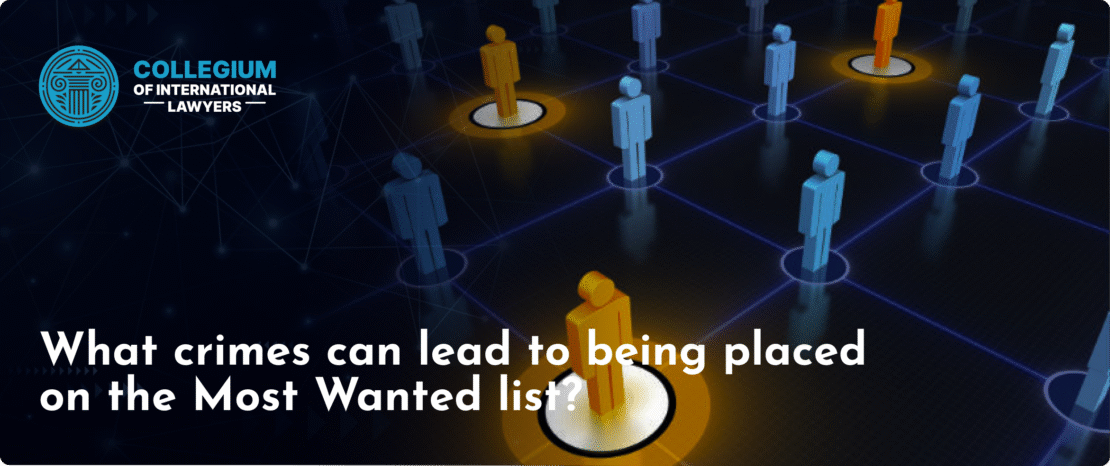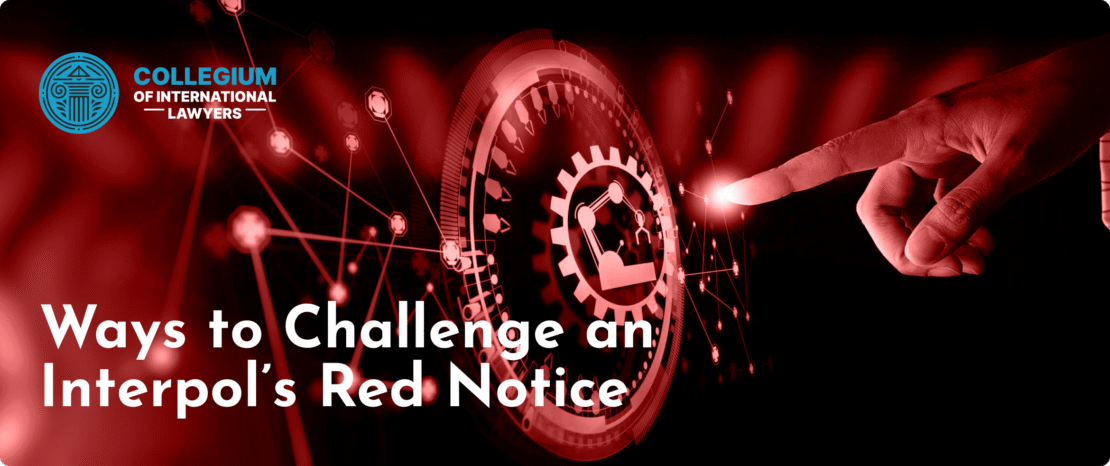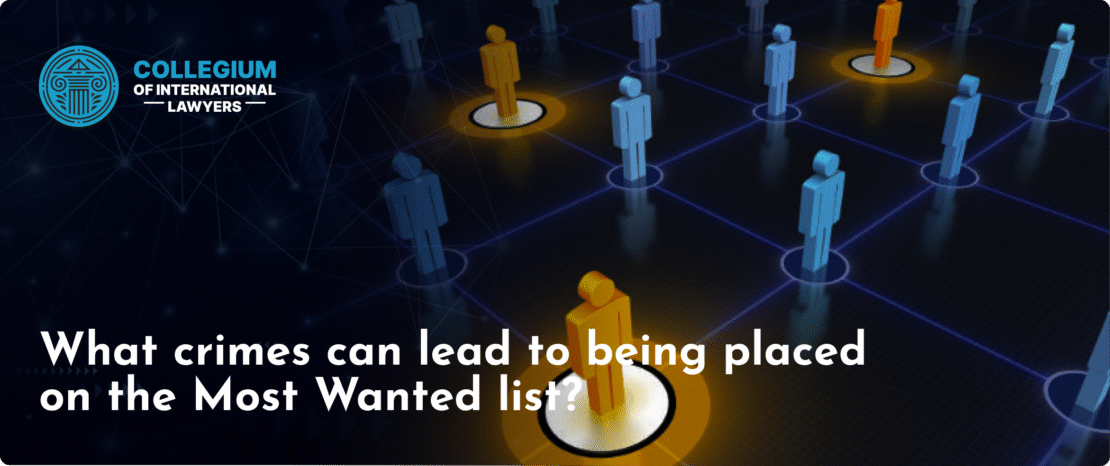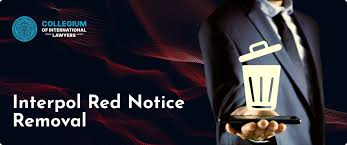
The Presidential Autopen Controversy: A Modern Dilemma in Leadership
The presidential autopen controversy has emerged as a significant topic of discussion in recent years, especially as technological advancements blur the lines of authenticity and accountability in leadership. This article seeks to unravel the implications of autopen usage by presidents in the United States, examining both historical context and modern-day implications of this diplomatic tool.
Historical Background of the Autopen
The autopen, which allows for the automatic replication of a person’s signature, has been utilized by various presidents since the mid-20th century. The introduction of the autopen into the White House reflects a growing need for efficiency in an ever-busy political landscape. As the role of the president has expanded, the demands placed upon them have increased exponentially, making the use of the autopen a practical solution for signing numerous documents, letters, and official correspondence.
How the Autopen Functions
Essentially, an autopen is a device that uses a stamped signature to create replicas of a person’s handwriting. While the technology has advanced since its inception, the core principle remains the same: the device carefully manages the intricacies of handwriting to produce an accurate copy of the signature. This allows for quick signing of documents without the need for the president to be physically present.
The Controversy of Authenticity
One of the primary controversies surrounding autopen usage is the question of authenticity. Critics argue that a signature produced by an autopen lacks the personal touch and commitment that a handwritten signature provides. This concern raises significant questions about the nature of presidential authority. When a document bears the president’s signature, what does that signify? Is it merely a formality, or does it imply direct involvement and endorsement?

Public Perception and Trust
Public perception of the president’s authenticity is vital for maintaining trust and credibility. As polling data suggest, citizens often look for a connection with their leaders. When it becomes apparent that a president uses an autopen, some constituents may feel a sense of betrayal or distance. The loss of that personal connection can undermine the effectiveness of communication between the president and the populace, sparking debates over transparency and accessibility.
Legal and Ethical Considerations
The legal implications of using an autopen can be complex. In some cases, legislation requires a personal signature for documents to be considered valid. The use of an autopen in these instances can lead to disputes over the legality of the signature and the associated document. Additionally, ethical concerns arise when the public perceives that the president may not be fully engaged in their duties or that important decisions are made without the president’s direct oversight.
Technological Progress and Its Challenges
The rise of technology has transformed many aspects of governance, including how signing documents is approached. An autopen can significantly reduce the time the president spends on clerical tasks, but it also raises questions about what it means to lead in a modern context. As technology continues to evolve, presidents must balance the convenience offered by such innovations with the necessity of maintaining personal engagement and authenticity in their roles.
Conclusion: Finding a Balance
The presidential autopen controversy encapsulates an ongoing debate regarding the intersection of leadership, technology, and authenticity. While autopen technology may enhance efficiency, it also poses challenges concerning the integrity and personal connection of presidential duties. As society progresses, leaders must navigate these complexities to foster trust and communicate effectively with their constituencies.
Ultimately, the discussion surrounding the presidential autopen should serve as a reminder of the delicate interplay between modern technology and the fundamental principles of leadership and authenticity. Striking a balance between innovation and personal engagement will remain a crucial aspect of presidential conduct in the 21st century.

The Extradition Process in Spain: A Comprehensive Overview
The extradition process in Spain is a complex legal procedure that involves the transfer of individuals accused or convicted of crimes from one jurisdiction to another. It plays a crucial role in international criminal law and cooperation among nations. In recent years, Spain has modernized its extradition mechanisms, making them more efficient and transparent. For a deeper understanding of how this system operates, you can visit proceso de extradición en España elperiodicodeyecla.com/extradicion-desde-espana-como-funciona-el-mecanismo-de-entrega-en-2025/.
Legal Framework of Extradition in Spain
Spain’s extradition process is primarily governed by the Spanish Constitution, the Penal Code, and various international treaties. The legal basis for extradition can be found in:
- Article 13 of the Spanish Constitution, which establishes the principles for extradition.
- Article extradition and mutual legal assistance, reflecting Spain’s adherence to international human rights standards.
- European Union legislation, particularly the European Arrest Warrant (EAW) framework, which allows for faster extradition processes between member states.
Types of Extradition

Extradition can be classified into several types, depending on the nature of the request and the treating countries involved:
- Bilateral Extradition: This occurs when two countries have a specific treaty outlining the terms of extradition.
- Multilateral Extradition: In cases where multiple countries are involved, multilateral treaties or conventions come into play.
- European Arrest Warrant: This is a significant tool used within the EU to simplify and expedite extradition among member states.
Grounds for Extradition
The grounds for extradition in Spain are generally based on the principles of dual criminality and non-political nature of the crime. Key points include:
- Dual Criminality: The act for which extradition is requested must be a crime in both Spain and the requesting country.
- Non-Political Offences: Extradition requests for political crimes are generally denied under Spanish law.
- Human Rights Considerations: Spain has obligations under international law to refuse extradition if the individual could face inhumane treatment or torture.
Extradition Process in Spain
The extradition process in Spain consists of several stages:
- Request Submission: The requesting country submits an official extradition request to the Spanish Ministry of Justice.
- Initial Review: This request is reviewed for its legal and procedural validity. If valid, it moves to the next stage.
- Judicial Review: The case is referred to a Spanish court, which evaluates the legal merits of the extradition based on applicable laws and treaties.
- Government Decision: After the judicial review, the Spanish government makes the final determination on whether to grant the extradition.

Challenges in Extradition Cases
While the extradition process in Spain is designed to be efficient, challenges can arise:
- Legal Complications: Complex legal issues can delay proceedings, particularly in cases involving multiple jurisdictions.
- Public Opinion: High-profile cases may attract media attention and public scrutiny, influencing the proceedings.
- Diplomatic Relations: The nature of Spain’s relationship with the requesting country may impact the extradition outcome.
Recent Developments in Extradition
As of late 2023, significant developments have occurred in Spain’s extradition policies:
- The implementation of new regulations to streamline processes within the EU framework.
- Enhanced collaboration with international law enforcement agencies, focusing on combating transnational crime.
- Recent high-profile extradition cases have sparked discussions on the balance between justice and human rights.
Conclusion
The extradition process in Spain is a vital component of the international legal system, ensuring that individuals accused of crimes can face justice, irrespective of borders. Through legal frameworks, bilateral and multilateral treaties, and cooperation with international partners, Spain is actively engaged in upholding the rule of law. As such, understanding the intricacies of this process is essential for anyone interested in international law and human rights.

The Rise of the Russian Mafia: A Historical Overview
The Russian Mafia, also known as „Bratva,” has a complex and multifaceted history that intertwines with the socio-political developments in Russia and the former Soviet Union. To understand the emergence and growth of this powerful criminal organization, one must consider various elements, including political turmoil, economic challenges, and cultural shifts. For a detailed examination of its origins, you can visit rise of the Russian mafia brewminate.com/bratva-the-emergence-and-growth-of-the-russian-mafia/.
Historical Context
The roots of the Russian Mafia can be traced back to the early days of the Soviet Union. During the Stalinist era, the government’s oppressive regime led to widespread poverty and hardship, creating fertile ground for crime. The prison system, which became a world unto itself, was the breeding ground for criminal organizations. In these environments, honor codes and informal governance structures emerged among inmates, setting the stage for organized crime as we know it today.
The Criminal Ecosystem of the Soviet Era
Throughout the 20th century, the Soviet government attempted to control crime with heavy-handed legislation and military-like enforcement. However, this only pushed organized crime further underground. By the 1980s, significant social unrest and economic deterioration led to the loosening of state control, allowing various criminal syndicates to flourish.
The Collapse of the Soviet Union
The collapse of the Soviet Union in 1991 marked a pivotal moment for organized crime in Russia. The chaotic transition to a market economy unleashed a torrent of capitalism accompanied by rampant corruption and lawlessness. The mafia filled the power vacuum left by the weakened state, seizing control of various sectors, including the lucrative markets for arms, drugs, and human trafficking.
The Structure of the Russian Mafia
The Russian Mafia is not a single organization but rather a loose confederation of various criminal groups united by shared cultural and operational characteristics. The structure often resembles the family-based model, where loyalty and mutual protection are paramount. Prominent groups include the Solntsevskaya Bratva, named after a district in Moscow, and the Tambov Gang. The mafia’s influence extends beyond borders, collaborating with other international crime syndicates.

Economic Influence and Extortion
One of the primary methods of operation for the Russian Mafia has been extortion. Businesses often find themselves at the mercy of mafia tactics, which can involve threats, intimidation, and violence. This extortion is a significant source of income for the mafia, and their influence can dictate the terms of business in various sectors, from construction to entertainment.
Global Expansion
As the Russian Mafia has expanded its operations globally, it has established networks in various countries, including the United States, Western Europe, and other parts of Asia. These networks allow them to engage in activities ranging from money laundering to trafficking in illegal goods and services. The mafia’s ability to adapt and evolve in response to law enforcement efforts has made them one of the most resilient organized crime groups in the world.
Law Enforcement Challenges
Stemming the tide of organized crime, particularly the Russian Mafia, poses significant challenges for law enforcement agencies worldwide. Cooperation between nations is necessary to combat their extensive networks. However, the mafia’s deep-rooted connections within political and economic systems often hinder investigation and prosecution efforts.
Cultural Depictions and Media
The Russian Mafia has been romanticized in various forms of media, including films, television series, and literature. These depictions can contribute to public fascination and often blur the lines between reality and fiction. While some portrayals may exaggerate aspects of mafia life, they highlight the organization’s perceived power and mystique.
The Future of the Russian Mafia
Moving forward, the future of the Russian Mafia will likely be shaped by geopolitical changes, advancements in technology, and global law enforcement strategies. As countries strengthen their cooperative measures against organized crime and improve intelligence sharing, the mafia may be forced to adapt its strategies. The ongoing battle between these criminal organizations and law enforcement continues to evolve, presenting a cat-and-mouse dynamic that is never static.
Conclusion
The rise of the Russian Mafia is a complex narrative woven into the fabric of Russian history and beyond. Understanding its intricacies requires a comprehensive examination of the socio-political landscape that fostered its growth. As global society continues to confront the challenges posed by organized crime, the lessons learned from the history of the Russian Mafia will remain crucial in shaping future responses.